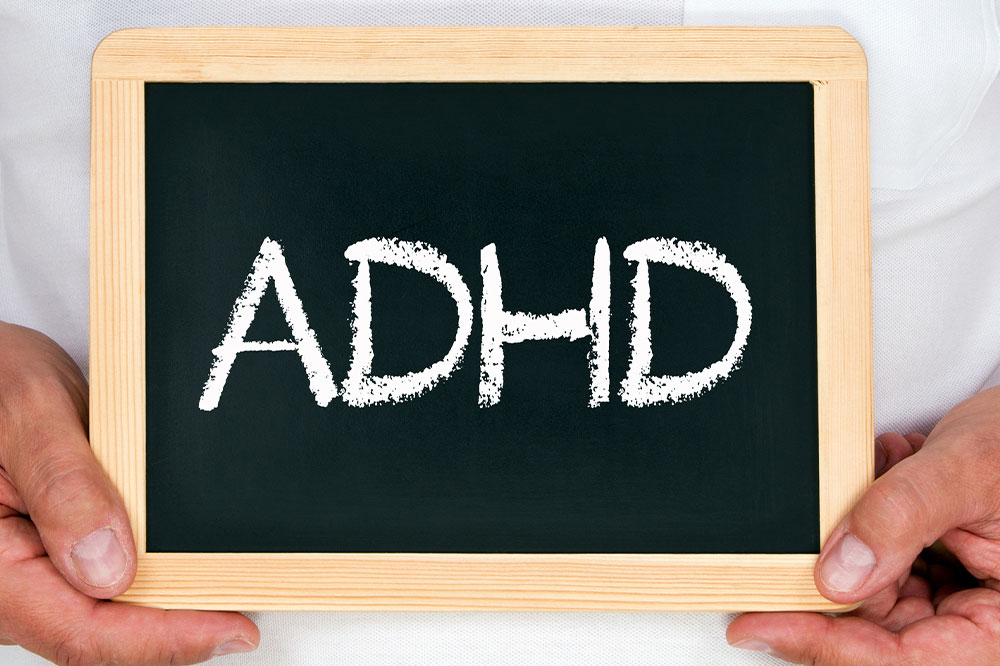Comprehensive Guide to Recognizing and Managing Bulimia Nervosa
This comprehensive guide provides an in-depth look at bulimia nervosa, highlighting its symptoms, health impacts, diagnosis methods, and treatment approaches. Early recognition and understanding are crucial for effective intervention and recovery from this serious eating disorder, which affects mental and physical health. The article emphasizes the importance of multidisciplinary care, including medical, nutritional, and psychological support, to help those suffering from bulimia regain control of their lives.

Understanding and Recognizing Bulimia Nervosa: A Deep Dive
Bulimia nervosa, commonly known as bulimia, is a complex and potentially life-threatening eating disorder that predominantly affects adolescents and young adults. This disorder is characterized by episodes of uncontrolled binge eating followed by compensatory behaviors such as self-induced vomiting, misuse of laxatives, diuretics, or enemas, and sometimes excessive exercising. These behaviors are driven by intense fears of gaining weight, body image dissatisfaction, or efforts to control weight rapidly. Recognizing the signs early and understanding the underlying causes are vital steps toward effective treatment and recovery.
To fully comprehend bulimia nervosa, it’s important to understand the typical behaviors associated with the disorder. During a binge episode, an individual consumes a large amount of food within a relatively short period, often feeling a loss of control over their eating. These episodes are usually followed by feelings of shame, guilt, or disgust, which propel the individual to purge the consumed calories to prevent weight gain. Such purging behaviors can involve forced vomiting, excessive use of laxatives or diuretics, fasting, or engaging in vigorous physical activity to burn off calories. These actions not only impact physical health but can also lead to severe psychological consequences.
Physical health consequences of bulimia are extensive and can include electrolyte imbalances, dehydration, gastrointestinal issues, and damage to specific organs. The act of vomiting repeatedly exposes the teeth to stomach acid, eroding the tooth enamel and increasing risks for cavities, tooth sensitivity, and periodontal disease. Chronic laxative abuse can disrupt normal bowel functions and cause electrolyte disturbances that may lead to irregular heartbeat, muscle weakness, or even cardiac arrest in extreme cases. Beyond physical health, bulimia often coexists with mental health disorders such as depression, anxiety, substance abuse, and suicidal ideation, complicating the treatment process.
Recognizing the Symptoms of Bulimia Nervosa
Recurrent episodes of binge eating characterized by eating an abnormally large amount of food within a discrete period and feeling a lack of control over the behavior.
Compensatory behaviors such as self-induced vomiting, laxative misuse, diuretic use, fasting, or excessive physical activity to prevent weight gain.
Preoccupation with body image, weight, and dieting, often obsessing over caloric intake and body shape.
Physical signs including swollen cheeks, calluses or scars on knuckles (due to induced vomiting), dental erosion, and gastrointestinal complaints.
Emotional states marked by shame, guilt, anxiety, or depression related to eating behaviors and body image.
Fluctuations in body weight, often within a normal or slightly below-normal range, making initial detection challenging.
Signs of malnutrition or vitamin deficiencies such as fatigue, dizziness, or brittle nails.
Diagnosing Bulimia Nervosa: Key Steps
Age of Onset: Symptoms typically emerge between ages 13 and 20, but they can occur at any age.
Medical and Psychiatric Evaluation: A healthcare professional performs a comprehensive assessment, including reviewing medical history, eating patterns, and emotional well-being.
Physical Examination: This includes checking vital signs, weight history, dental health, and signs of electrolyte imbalance or malnutrition.
Dietary and Behavioral Analysis: Dietary patterns, frequency of binge and purge episodes, and triggers are carefully evaluated.
Mental Health Assessment: Screening for related mental health conditions such as depression, anxiety disorders, or substance abuse is crucial for comprehensive treatment planning.
Laboratory Tests: Blood tests to detect electrolyte disturbances, dehydration, or nutritional deficiencies are common diagnostic tools.
Observation of Physical Signs: Physical indicators like dental erosion or calluses can assist in diagnosis.
Early diagnosis of bulimia nervosa is vital, as it allows for timely intervention that can prevent severe health complications, improve quality of life, and promote sustainable recovery. Treatment often involves a multidisciplinary approach, including medical management, nutritional counseling, and psychotherapy aimed at addressing the psychological factors involved.
Understanding the complex nature of bulimia is the first step toward fostering awareness, reducing stigma, and encouraging those affected to seek professional help. With appropriate treatment, recovery is entirely achievable, and individuals can regain control over their health and well-being.





